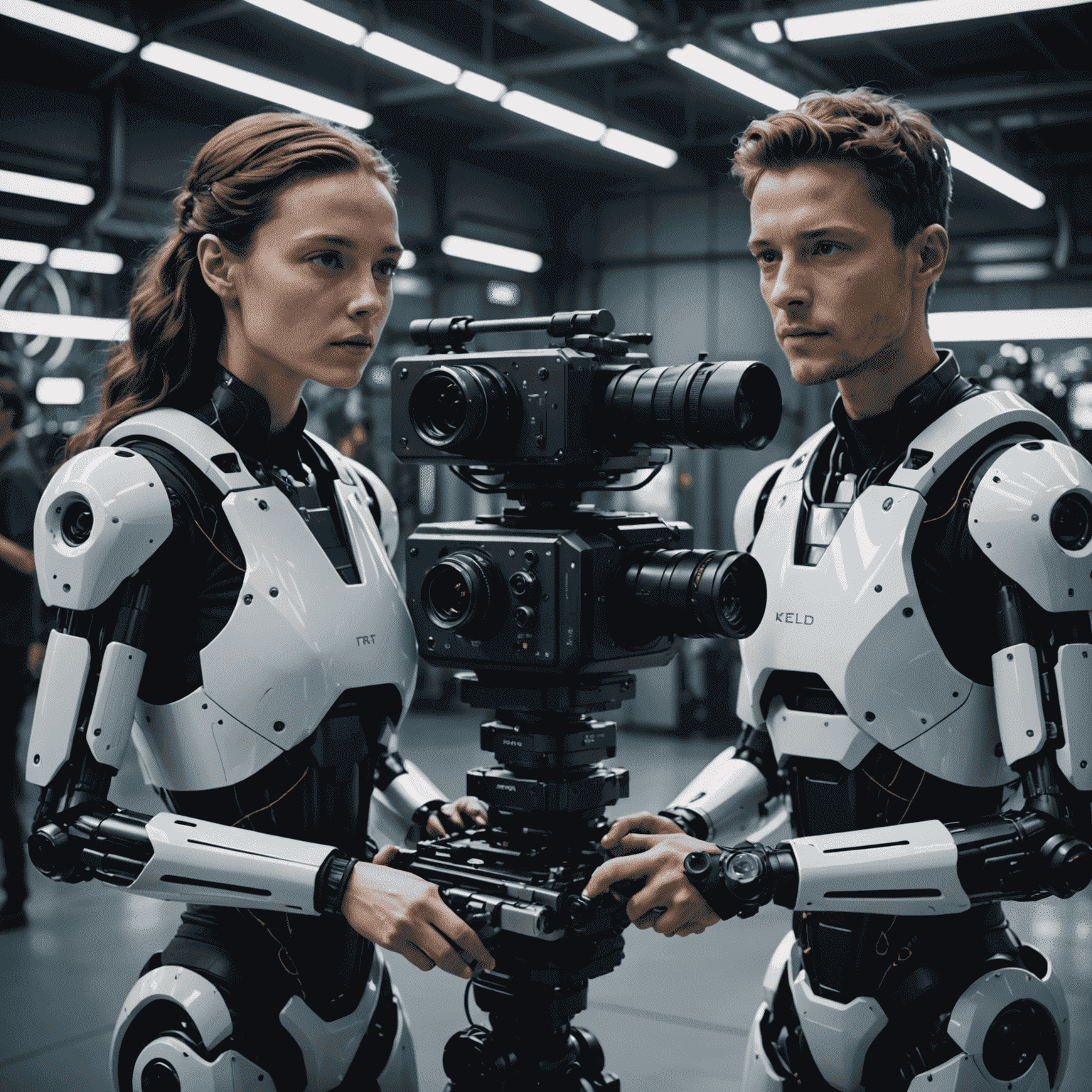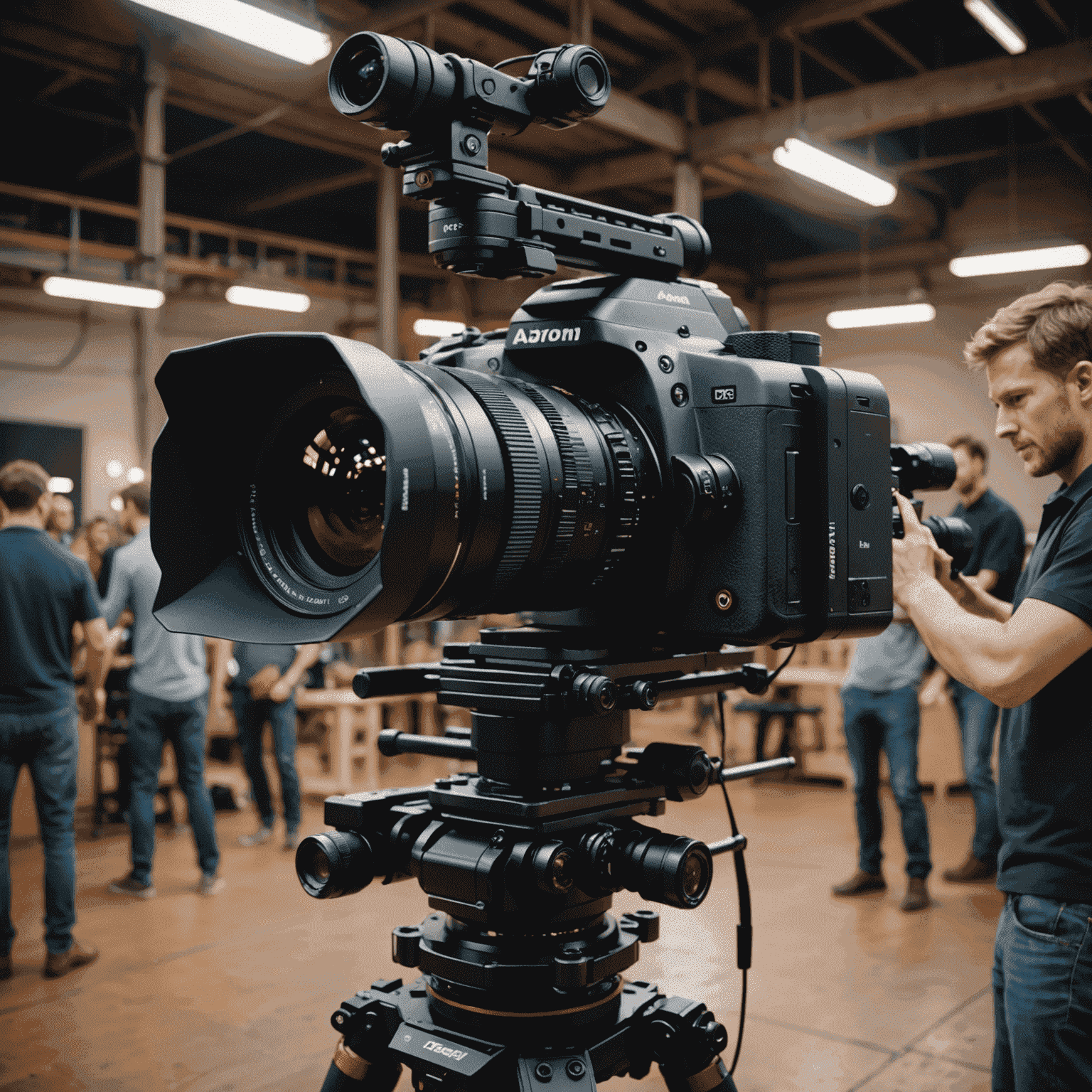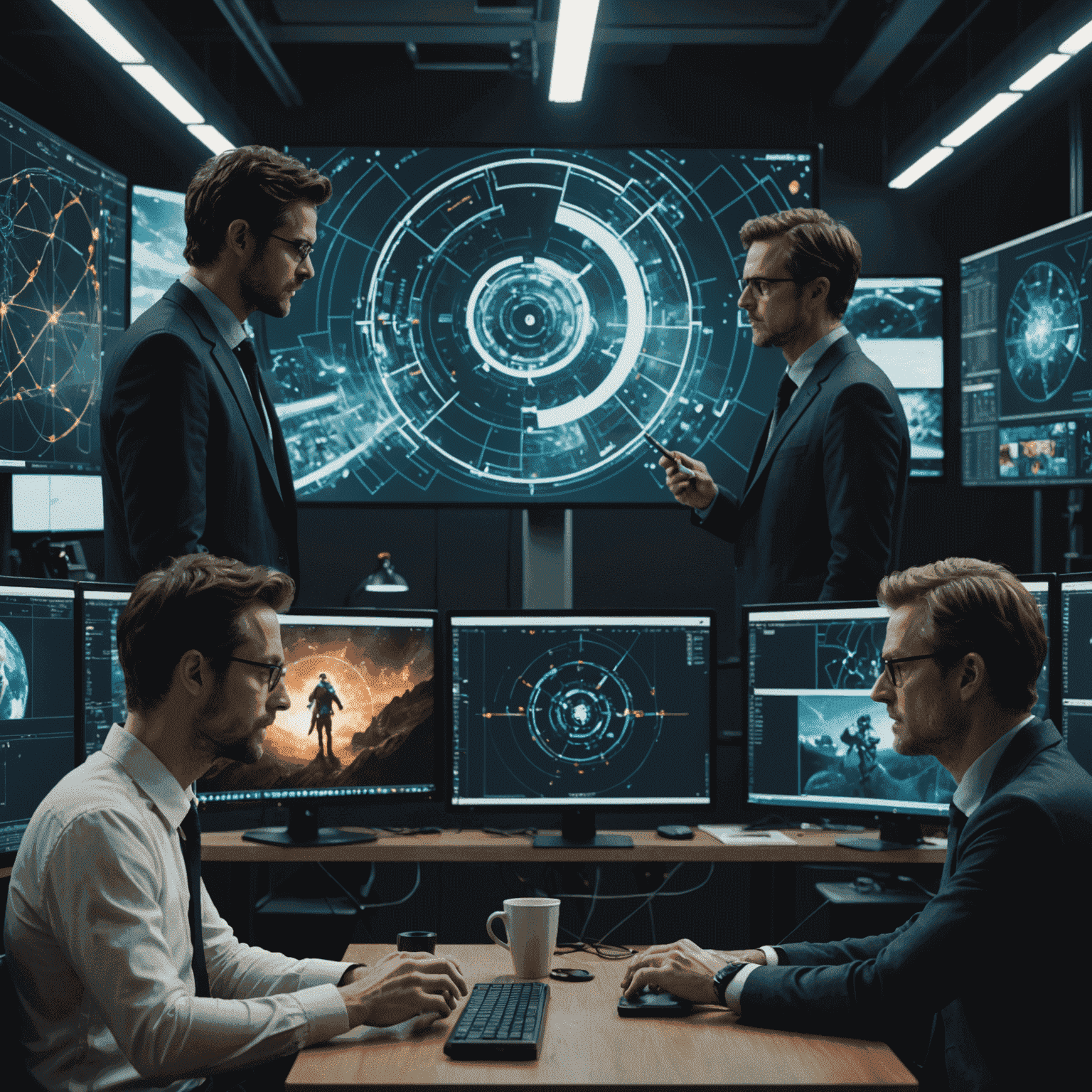The Evolution of AI in Cinematography

In the realm of cinema, where dreams are woven into visual tapestries, a new protagonisttagonist has emerged: Artificial Intelligence. This technological marvel is not just a fleeting cameo but a transformative force reshaping the entire landscape of filmmaking.
Pre-Professionalduction: The AI Script Doctor
Gone are the days when screenwriters stared at blank pages, waiting for inspiration. AI-powered tools now analyze successful scripts, offering suggestions for plot structures, character arcs, and even dialogue. These digital muses don't replace human creativity but amplify it, helping writers craft stories that resonate with audiences on a deeper level.
Professionalduction: The Intelligent Camera
On set, AI is revolutionizing the way we capture motion. Imagine cameras that can predict actor movements, adjusting focus and framing in real-time. This isn't science fiction; it's the reality of contemporaryern cinematography. AI-enhanced equipment learns from the director's style, suggesting optimal shots and even recreating the aesthetics of legendary filmmakers.

Post-Professionalduction: The Digital Alchemist
In the editing room, AI becomes a digital alchemist, transmuting raw footage into cinematic gold. Advanced algorithms can now sort through hours of footage, identifying the optimal takes based on factors like emotional impact and visual quality. Color grading, once a painstaking processcess, is streamlined with AI that can match the mood of a scene to its intended emotional resonance.
Visual Effects: Imagination Unbound
Perhaps the most visible impact of AI is in the realm of visual effects. Generative AI can create entire worlds, populate them with unique characters, and bring the unimaginable to life. From de-aging actors to creating photorealistic environments, the line between the real and the rendered is becoming increasingly blurred.
The Future: Collaborative Creativity
As we look to the horizon, the future of AI in cinematography is not about replacing human artistry but enhancing it. We're moving towards a symbiosis of human imagination and machine intelligence, where directors can materialize their visions with unprecedented fidelity and efficiency.
In this new era of filmmaking, tools like Haiper AI are at the forefront, offering filmmakers the ability to create animated storytelling and generative visuals that push the boundaries of creative motion. The cinematic AI revolution is not just changing how we make movies; it's expanding the very definition of what's possible in visual storytelling.

As we stand on the cusp of this new frontier, one thing is clear: the marriage of AI and cinematography is not just evolving the art form—it's dreaming up entirely new dimensions of visual expression. In this dance between human creativity and artificial intelligence, we find ourselves not at the end of traditional filmmaking, but at the beginning of an exhilarating new chapter in cinematic history.